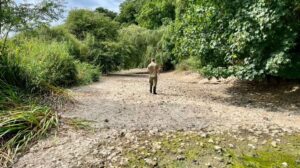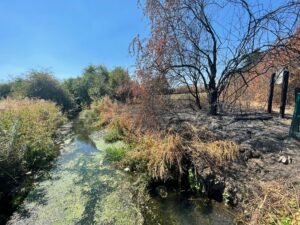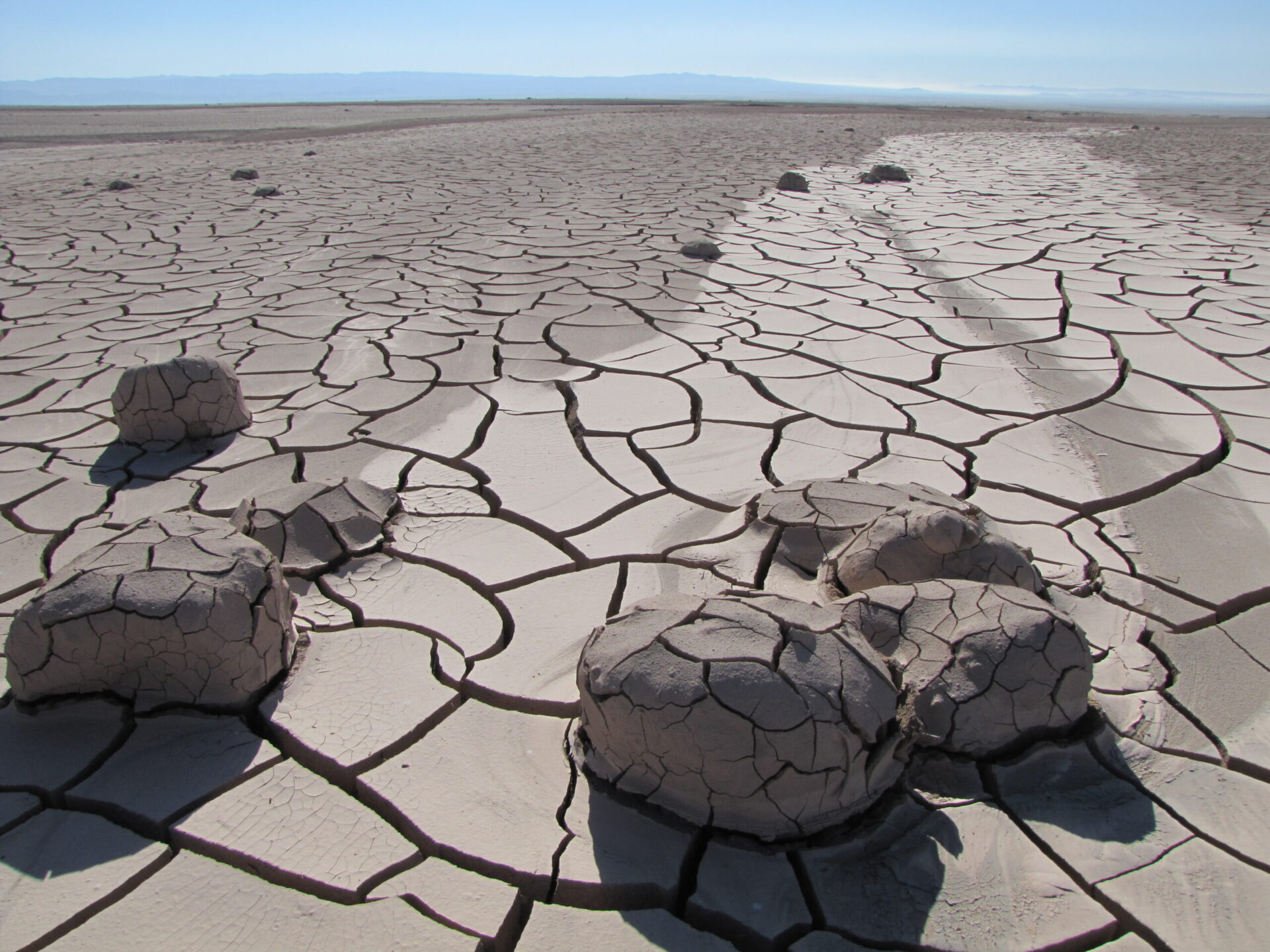The BSG’s position and policy on Climate Change
The British Society for Geomorphology considers global climate change or the Climate Emergency to be one of the greatest challenges faced by people and the planet[1], a viewpoint that is aligned with the statements on climate change released by organizations to which the BSG is affiliated, such as the Royal Geographical Society (with the Institute of British Geographers) (RGS – IBG)[2] and The Geological Society of London (Geol. Soc.)[3], as well many as other relevant organisations (e.g. European Geosciences Union[4], American Geophysical Union[5], Union of Concerned Scientists[6]).

Given that the Climate Emergency is so critical, and considering that its impacts will emerge and evolve over time, we are setting up a new group to oversee the BSG’s work on the climate emergency. The group will have a representative from each committee as well as a lead for environmental justice. We are seeking a person to consider issues of environmental justice, and a person to represent the views of society membership. You don’t have to have specialist knowledge of what environmental justice is or to know everyone in the society to do these roles.
The group will:
- Act as the BSG’s voice and conscience for climate action
- Liaise with the BSG membership to represent their views on the climate emergency
- Advise the BSG executive and members on action to take on Society business;
- Monitor the BSG’s activities and impacts, and create and oversee the BSG’s climate action plan
- Revise the draft BSG policy on the climate emergency
This is a great opportunity to make a difference and to develop your professional network and skills. To find out more please email bsg@geomorphology.org.uk

The BSG considers that geomorphology and geomorphologists have a key role to play in addressing climate change by undertaking research that provides the evidence or knowledge about climate change impacts; either alongside or in combination with the perspectives provided by other academic and practical disciplines. Geomorphologists generate evidence and knowledge about climate change, and we apply that knowledge to minimize GHG emissions, to mitigate and adapt to climate change.
Understanding the nature and impacts of climate change: Geomorphologists worldwide have long been involved in providing the evidence base for the nature and impact of climate changes on landscapes, ecosystems, and human societies. This includes, inter alia, studies of: the magnitude and intensity of past climate changes (e.g. on glacial-interglacial timescales) on landscapes prior to the development of anatomically-modern humans or human civilization; changes in the magnitude and frequency of hydroclimatic extremes (e.g. droughts, floods) during the Holocene (the last ~12 000 years) and their impacts on early and modern human societies; the relative impacts of slow, progressive climate change and rapid, individual hydroclimatic events on landscape and ecosystem processes, function and form; the role of climate change in shaping landscapes and ecosystems relative to other drivers of change (e.g. tectonic activity, sea level rise, various human activities); and projections of potential impacts on landscapes, ecosystems and human societies resulting from 21st century global climate change. Some of this scientific and applied research is published in the BSG’s journal (Earth Surface Processes and Landforms), and also forms the basis for the BSG’s wider research, outreach, and educational activities.
Adaptation and mitigation: Through their applied work in or with universities, consultancies, government or environmental organisations, geomorphologists worldwide are also involved with developing practical nature-based solutions to the climate change challenge, including various adaptation and mitigation strategies to help manage climate change impacts and increase societal resilience. This work not only reduces the environmental impacts associated with traditional hillslope, river and coastal engineering schemes, but can also have significant benefits for climate change adaptation and resilience. By applying geomorphological principles when managing the environment, it is possible to reduce the need for environmentally-damaging and GHG-intensive activities such as river or estuary dredging, or beach nourishment. An even greater benefit can be gained from using geomorphology to create landscapes and landforms that can naturally adapt to climate change. For example, rivers can adapt to changing flows if they are free to adjust their planform, width and depth, and coasts can adapt naturally to rising sea level by allowing the progressive rollback of coastal barrier beaches.

The BSG recognises that its activities contribute to climate change by creating GHG emissions. Our main sources of emissions are from flying or other travel (for data collection, fieldwork, meetings or collaboration), with lesser contributions from running meetings such as the annual conference and modelling and data processing.
Travel is the main source of GHG emissions from the BSG. As a discipline with a long history as a field-based science, we know that travelling for field data collection is sometimes the only way to advance knowledge or to apply science. Travel for collaboration with colleagues can also be important (e.g. to meetings, conferences, to share knowledge or skills, or to work in another institution). Travel has many scientific benefits, including generating the primary evidence for the impacts of climate change, training the next generation of geomorphologists, and sharing knowledge with other colleagues and wider society. Tools already exist to quantify the GHG emissions from travel activities[7][8] and we will use these to quantify our GHG footprint.
Another important activity that uses energy and creates GHG emissions is from using technology to analyze large remotely-sensed datasets, or to run complex models. These activities are increasingly run on remote data centres, where electricity use can cause GHG emissions (and there may be local environmental impacts arising from the construction). Our emissions from these sources is quite limited as we get very few requests to fund modelling research. However, this may change in future and the Society should monitor this situation. Some data centre operators use renewable energy, but this is not the case for all, and the tools do not as yet exist to quantify the GHG emissions associated with these activities.

While remaining committed to its strategic objectives of supporting and promoting geomorphology (see About Us section of the website), in recognition of the competing tensions of addressing yet also contributing to the climate emergency, the BSG should:
- wherever possible, reduce the potential environmental impacts of the Society’s activities (e.g. from research, from committee meetings, from the Annual Meeting) by following the guidance here;
- learn from, and share, best practices for reducing the environmental impact of its activities with other organisations (e.g. RGS-IBG, Geol. Soc.);
- encourage BSG members to minimise the environmental impacts of their activities and/or maximise the scientific/professional benefits from any travel undertaken; and,
- be aspirational but also realistic about the practical impact of making decisions, identifying the benefits (for people, for the climate) and the impacts (for people, for the climate)

We also need to be careful that the actions we take to address the climate emergency do not have an inadvertent adverse impact on equitability and environmental justice[9]. Environmental justice is the fair treatment and meaningful involvement of all people regardless of race, colour, national origin or income in relation to environmental decisions and actions.
In taking action on climate we could inadvertently disadvantage some people. For example, it would be a huge justice advance to encourage more geomorphologists from the global south to attend our conference, but doing so could come with a high carbon cost; we may ask people to catch the train to the EGU to reduce emissions, but if that person has caring responsibilities the train may not be feasible and they may miss out on an opportunity to develop professionally. Hence, when the BSG takes action on climate change, we should consider how our actions affect environmental justice and equitability.
In practice each situation and decision is different and the pros and cons – for the climate (GHG emissions), for the science, and for people’s opportunities – all need to be considered. Making the right choice needs consideration and thought.






